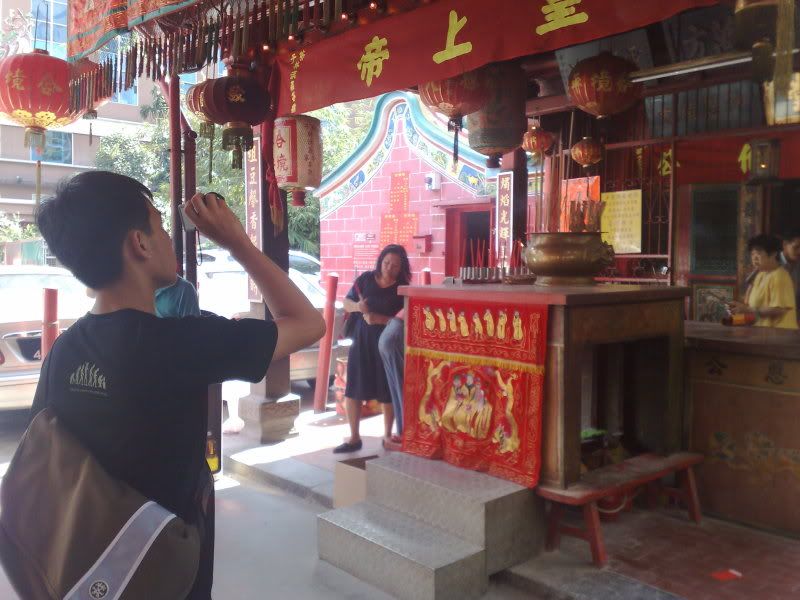
As you all know, Buddhism, Taoism and Confucianism constitute the very essence of Chinese culture and religion. Chinese religion is a polytheistic religion as oppose to monotheistic religions such as the Abrahamic faiths. According the Chinese belief, they are many gods and all of them have different roles to play.
When the Chinese first set foot in Singapore, they built the Mazu Temple in Singapore, more commonly known as the Thian Hock Keng Temple. They did so in order to offer their prayers and thanks to the sea god Mazu who is believed to have protected them. As the Chinese moved inland from where they first set foot at Telok Ayer near the Singapore River, they settled down to live and work. Once they have settled down, the sea is no longer what they have to worry about. However with the move inland to places like Balestier, there comes a new set of problem.
What's Interesting?
Balestier was formerly a swampy area infested with mosquitoes and tigers. With all these threats, it is only natural for the Tua Pek Kong to be worshipped and so in 1843, these Chinese plantation workers established the Goh Chor Tua Pek Kong Temple at 249 Balestier Road.
The principle deity worship at Goh Chor Tua Pek Kong Temple is Tua Pek Kong. Tua Pek Kong is the Hokkien pronunciation of the Chinese characters 大伯公.Tua Pek Kong can be literally translated to mean 'grand old man'. Tua Pek Kong is commonly found in the Singapore and Malaysia and most probably has its origins from pre-Islamic Animist, Hindu-Buddhist Malay culture of worshipping Datuk Keramat. Tua Pek Kong is supposed to be a local god that has judiciary over the local people and things happening around them. These new overseas Chinese immigrants thus came to pray for prosperity, health and peace. As with most other temples in Singapore, there are other Chinese dieties worshipped along the main one, one of which is the Tiger Lord (虎爷-Hu Ye) whom people turn to pray for justice and seeking redress for greivances.
Tua Pek Kong is the Hokkien pronunciation of the Chinese characters 大伯公.Tua Pek Kong can be literally translated to mean 'grand old man'. Tua Pek Kong is commonly found in the Singapore and Malaysia and most probably has its origins from pre-Islamic Animist, Hindu-Buddhist Malay culture of worshipping Datuk Keramat. Tua Pek Kong is supposed to be a local god that has judiciary over the local people and things happening around them. These new overseas Chinese immigrants thus came to pray for prosperity, health and peace. As with most other temples in Singapore, there are other Chinese dieties worshipped along the main one, one of which is the Tiger Lord (虎爷-Hu Ye) whom people turn to pray for justice and seeking redress for greivances.You will most probably realise that the size of this Chinese temple is not very huge. This is typical of Chinese temples in the suburb. The architectural characteristic of the temple is that of the Southern Chinese style reflecting the origins of the Chinese immigrants.
Author's Thoughts
Chinese Temples are more than a religious place for the Chinese. It was the hub of Chiense activities in the past and serves an important role in the hearts of the Chinese. When the Overseas Chinese first set foot on a foreign land, they look upon the temple for help and the gods to pray for health and prosperity. If you want to know more about the roots or your forefathers, the Overseas Chinese and the culture and religions of the Chinese, the temple is the place to start from!
